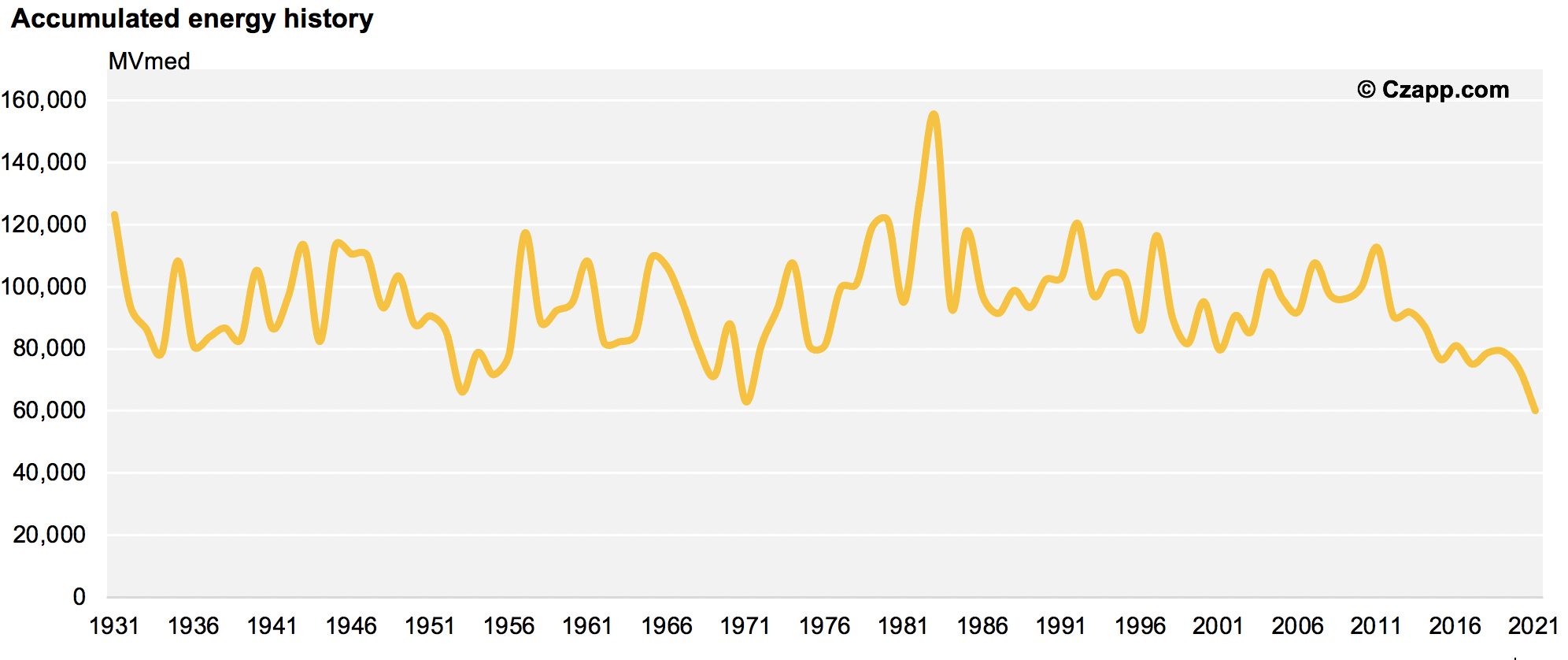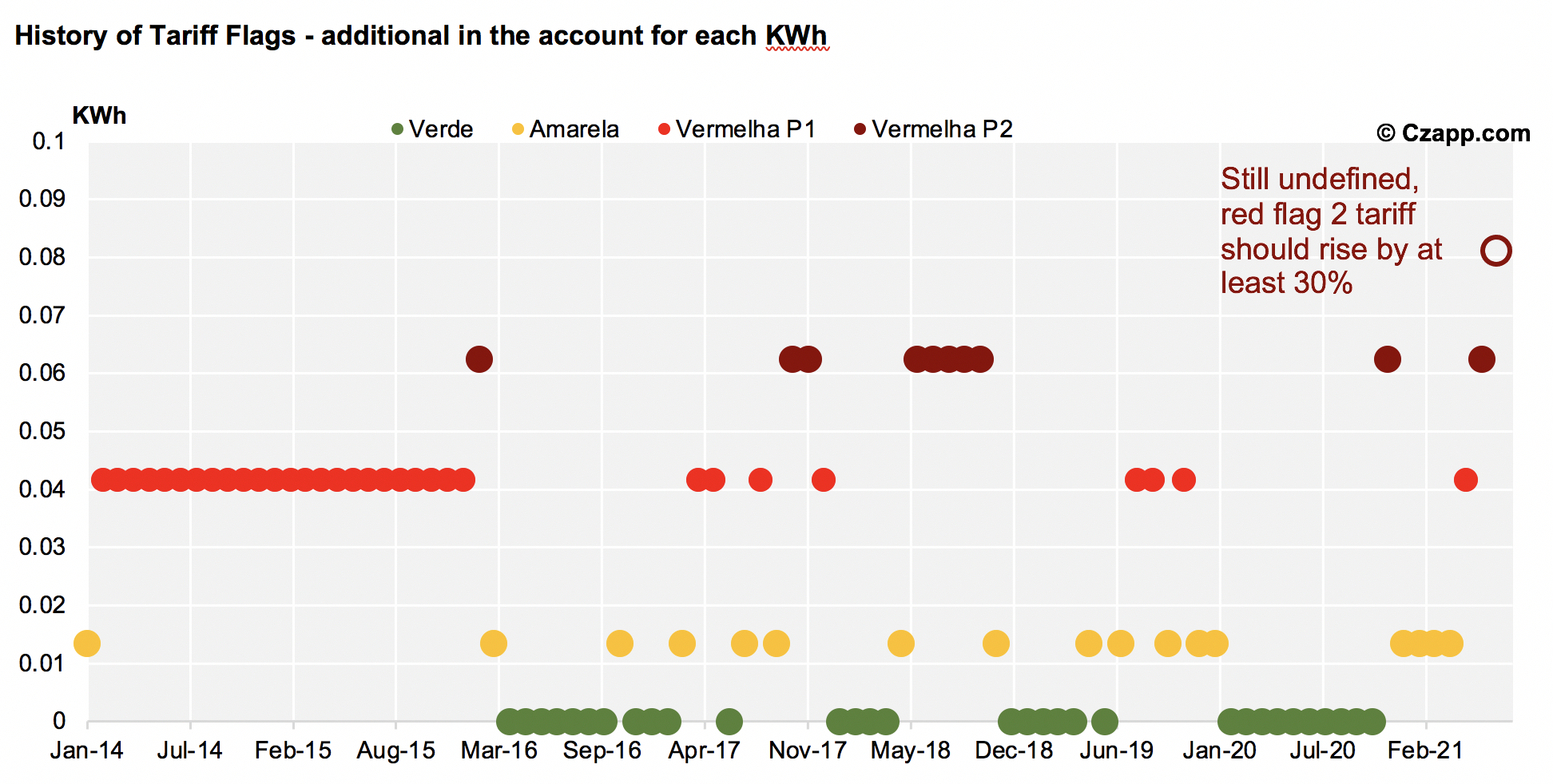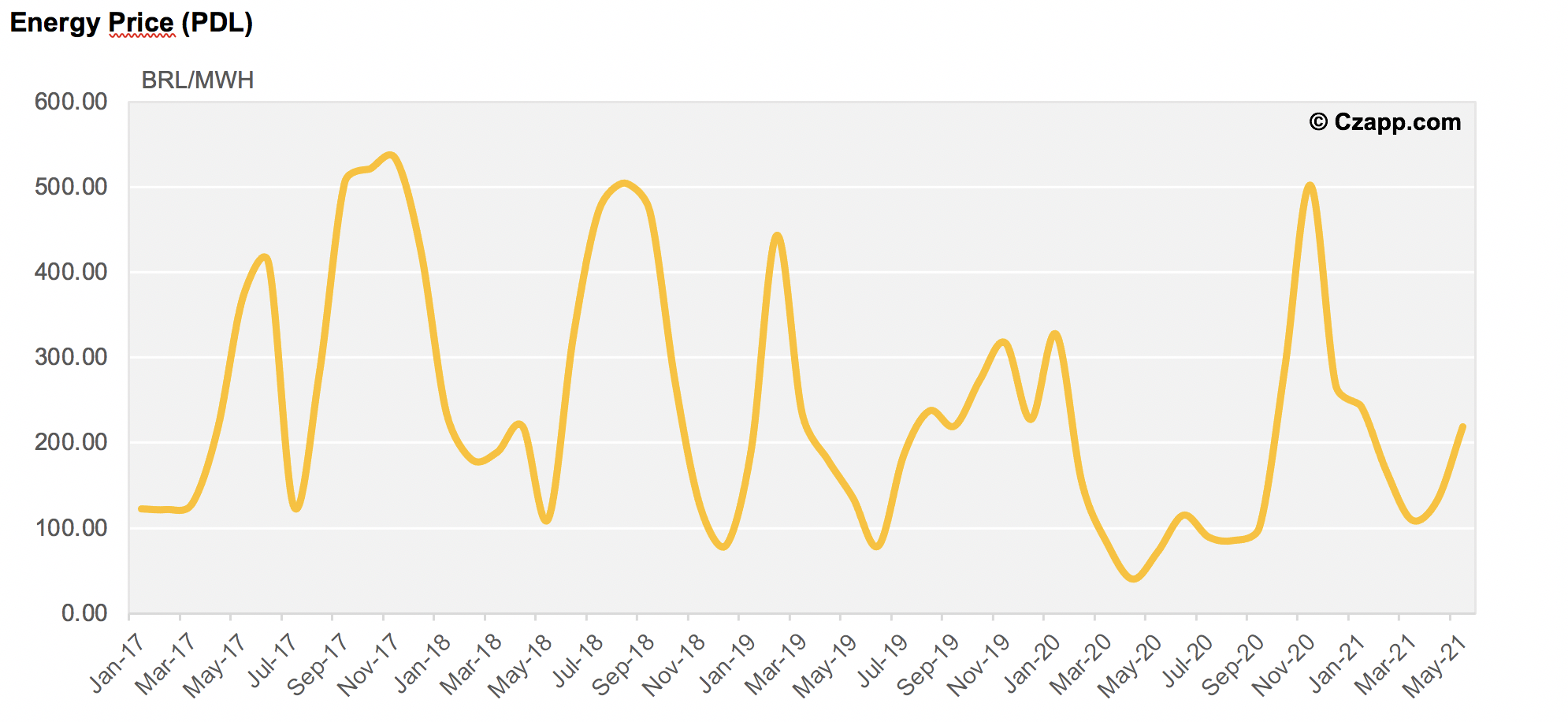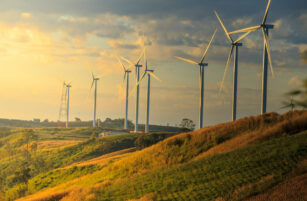- Brazil is going through the most severe water shortage of the past 90 years
- With the increase in demand and the reduction in volume, a significant increase in energy price is expected
- The lack of rain impacts the energy sector and also agriculture, in the case of sugarcane, represents the lowest crushing since the 12/13 harvest and leading to a possible deficit of bagasse.
Far below expectations
- Yesterday (29/06), ONS announced CS dams have only 29.22% of their capacity to generate electricity for human consumption.
- With the beginning of the dry period (June to September), the recovery of the reservoirs seems to be far from happening.
- This results in Brazil going through the worst drought in 90 years.

Significant increase in energy prices in sight…
- With the vaccination campaign underway and the economy picking up again, the energy demand grows.
- Brazil is extremely dependent on water for electricity generation, around 60% of all electricity in the country is generated by hydroelectric plants.
- The critical levels of the reservoirs force the use of more expensive sources of generation, mainly thermoelectric.
- This is reflected in the level 1 red tariff flag in May.

- Now in June, the tariff has moved to level 2, indicating that the situation in the reservoirs is more severe, and it is necessary to activate more thermoelectric plants than expected.
- But still, it is not enough, and ANEEL (National Electric Energy Agency) has already put the red flag P2 tariff increase in public consultation.
- Estimates indicate that the increase should not be less than 30%, with some even talking about 60% – which would take the additional BRL10 per 100kWh.The situation is critical and there is a risk of the need for energy rationing to avoid blackouts.
It’s bad, but haven’t reached the most critical point yet…
- The energy prices (PLD) is not reflecting the current scenario.
- Even in this extreme situation, it remains around 290 BRL/Mhw, a value considered low for the current situation

- If the water effect is reflected in prices, so a price increase is expected.
- Starting this week, the PLD should begin to increase to levels close to the current regulatory ceiling (588.38 BRL/MWh).
- The Government published this week a Provisional Measure that creates a committee to combat the energy crisis and will create reserve energy auctions on an emergency basis to raise more energy supply.
Water scarcity for sugarcane
- In addition to the dry weather impacting the energy market, we see an impact on sugarcane agricultural productivity.
- The drought in the Center-South resulted in a reduction in the availability of this crop even more accentuated than expected.
- From our last estimate (558.2 mmt of cane), we project a drop to 535mmt.
- With less green mass, there is a risk of bagasse deficit for biomass generation.
- One of the main consumers, the orange juice industry is already looking for other alternatives to maintain its operations.
- In addition, it also raises the concern of commitments to deliver energy from sugarcane bagasse biomass.














